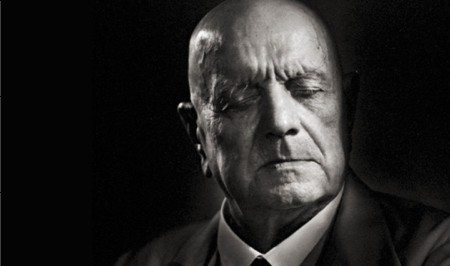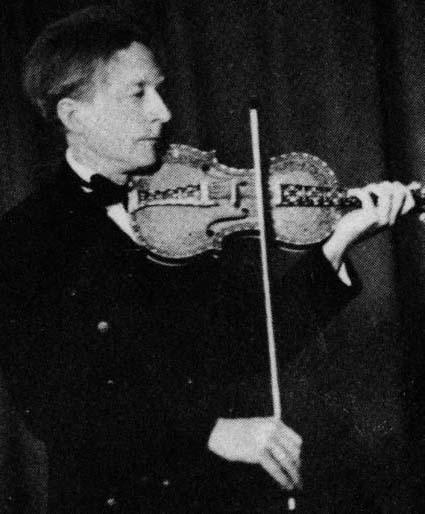Classical Music Review: Norwegian Student Orchestra
By Caldwell Titcomb

Jean Sibelius: His Finlandia is not an outstanding achievement; but its main tune has become the virtual Finnish national anthem and is his most famous music.
The Student Symphony Orchestra of Trondheim, Norway, concluded its U.S. tour at Massachusetts Institute of Technololgy’s (MIT’s) Kresge Auditorium on February 26. Celebrating its 100th anniversary this year, the 70-member orchestra was under the leadership of Gavin David Lee, who has been in his post since 1992. The group’s repertory on this occasion came from six Norwegian, Finnish, and Russian composers—three well-known and three little-known.
The concert opened with the “Hjalarljod Overture” by Eivind Groven (1901–77). This was written in 1950 to honor the 900th anniversary of the city of Oslo and started off appropriately with loud brass and timpani. Groven was a largely self-taught musician, and this showed in the occasional awkwardness in his harmony.
Piotr Ilych Tchaikovsky (1840–93) wrote an oft-played work for cello and orchestra, the “Rococo Variations.” But his other work for cello is almost unknown, the “Pezzo Capriccioso” (Op. 62), written in one week in 1887. For this, Tabita Berglund stepped forth from the cello section with her instrument and showed herself fully capable of the work’s demands. Its title is a bit strange, since the piece is in B-minor and offers rather slow lyricism for a while, though it does become somewhat more active later on.

Norwegian composer Harald Saeverud: He wrote an intense and forceful Ballad of Revolt to protest Germany's occupation of his homeland.
The Norwegian composer Harald Saeverud (1897–1992) was solidly trained in music from his early years. His most popular piece—though unfamiliar to Westerners—is “Kjempeviseslåtten” (“Ballad of Revolt”), written in 1943 to reflect Germany’s occupation of Norway. It is an intense and forceful statement.
The most popular piece by Johan Halvorsen (1864–1935) is his short “Bojarenes Inntogsmarsj” (“Entry March of the Boyars”), written in 1895. This piece alternates between minor and major modes and contains considerable solo passages for the first clarinetist.
After intermission came the famous “Finlandia” (1900) by Jean Sibelius (1865–1957). This was the last of seven historical scenes protesting censorship from the Russian Empire, though it is almost always heard as an isolated piece. Sibelius never thought of it as an important composition, and, indeed, it is not an outstanding achievement; but its main tune has become the virtual Finnish national anthem and is his most famous music.

Composer Eivind Groven: He was a largely self-taught musician, and this showed in the occasional awkwardness in his harmony.
Dmitri Shostakovich (1906–75) wrote an enormous amount of music, but few realize that his output contains scores for three dozen films. The Trondheim orchestra ended its concert with seven excerpts from Shostakovich’s music for the 1955 movie “Ovod” (“The Gadfly”), based on a British historical novel by Ethel Voynich. The composer was clearly having fun here—notably in “People’s Holiday,” “Barrel Organ Waltz,” and “Galop.”
Throughout the evening, the student musicians played with obvious skill, though—as often happens with student groups—they rarely achieved a soft level of dynamics. The printed program contained highly informative notes by Claudia Bätke concerning the history of musical life and composition in the three relevant countries. Since there was an empty back page, it would have been nice to have a list of the names of the musicians.
One would have liked to see a larger audience for this event, but it unfortunately received very little publicity.
